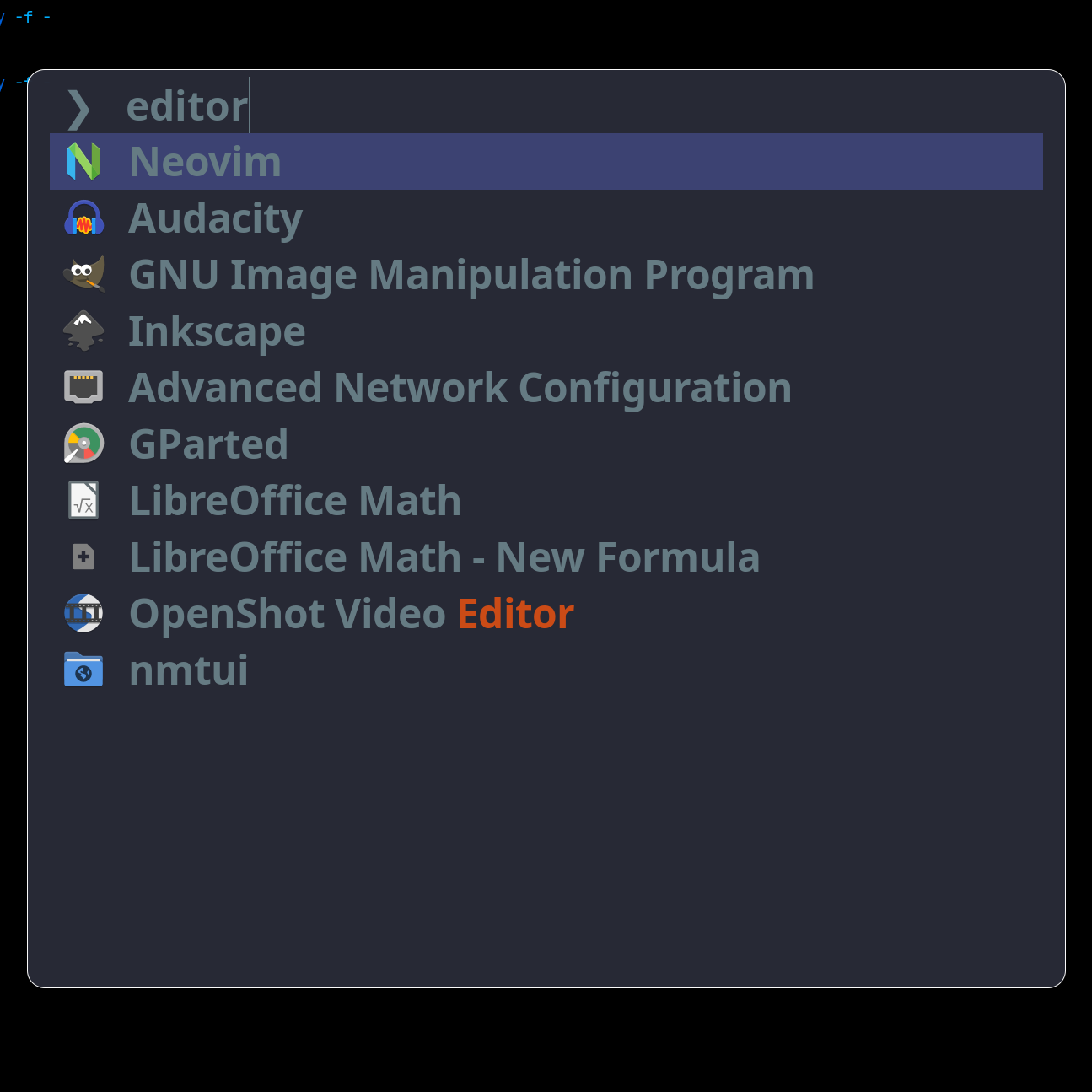YADM is essentially git so about the only thing you need to remember is to use yadm instead of git when managing your dotfiles.
- 7 Posts
- 268 Comments
I use YADM to manage my dotfiles. I like and recommend it.
I don’t share them, though.
I work in a security-related position. My dotfiles expose more about tools I use, how I have them configured and if those configurations are secure.
I still like sharing and if there’s some snippet I think is particularly useful, I may share directly or post it somewhere. But I don’t share them all by default.

 4·8 days ago
4·8 days agoI also use Ansible. Using Podman’s “quadlet” adapter, the containers run as systemd services.

 16·14 days ago
16·14 days agoCongrats on the cat box cleaning!
There’s also Zitadel: https://zitadel.com/

 9·26 days ago
9·26 days agoDownside: it requires knowing a new coding language, Nix, to maintain your laptop.
If you don’t understand it, it’s going to be painful to fix anything that doesn’t work.

 2·27 days ago
2·27 days agoI have had more problems with two different Frameworks than most Thinkpads. Battery died, boot/power problems on both the 13 and 16, touchpad problem on the 13.
I prefer the concept of the Frameworks but can’t say they have worked better in practice.
Also, all spam messages.

 3·1 month ago
3·1 month agoI host routing for customers across the US, so yes I need it all. There are ways to solve the problem with less memory but the point is that some problems really do require a huge amount of memory because of data scale and performance requirements.

 2·1 month ago
2·1 month agoNope. Some algorithms are fastest when a whole data set is held into memory. You could design it to page data in from disk as needed, but it would be slower.
OpenTripPlanner as an example will hold the entire road network of the US in memory for example for fast driving directions, and it uses the amount of RAM in that ballpark.
Thanks for sharing.
It does look like there’s a way to use PiHole personally for those who share the network with those who don’t want it: leave default DNS server setttings alone except for your own devices.
And if you aren’t home or available?
Does PiHole ever break a family member’s browsing, and then they don’t know to fix the issue because it would involve understanding opening up the PiHole web interface?
Simple means different things to different people.
I self-host Ghost and find it pleasant to use and low maintenance. It is a single Docker container plus MySQL. I recommend a reverse proxy in front of it like Nginx. There are importers from many other blog formats.
I stuck with Ubuntu over a decade, but eventually Arch had several packages I was interested in that Ubuntu did not, plus the Arch wiki. I wanted to use Sway with several rofi/dmenu type utils, and Arch had a lot more of those packaged.
For 60+ I might recommend ChromeOS Flex, Mint, or Ubuntu.
For bookmarking: https://raindrop.io/
But it’s not self-hosted and I’m not sure it supports offline reading.
ChromeOS Flex can install and run desktop Linux software and has a terminal. What else makes it Linux-like?


Gimp already runs OK on ChromeOS, so I would expect the same on Android soon.
Because Linux runs in VM on ChromeOS, there were some annoyances and there will likely be some on Android.
Maybe they fixed it, but for a long time Linux on ChromeOS couldn’t access Yubikeys because Google choose not to expose those devices to the container.
And some keyboard shortcuts and mappings couldn’t work because again Google limited what the container was allowed to see and control.
And if certain kinds of problems happened, you ended losing both the apps and your data inside the Linux container.
Yeah, it will be cool to run desktop Linux from your phone. But if doing Real Linux Work on Chromebook doesn’t appeal to you, don’t expect it to be better on Android.